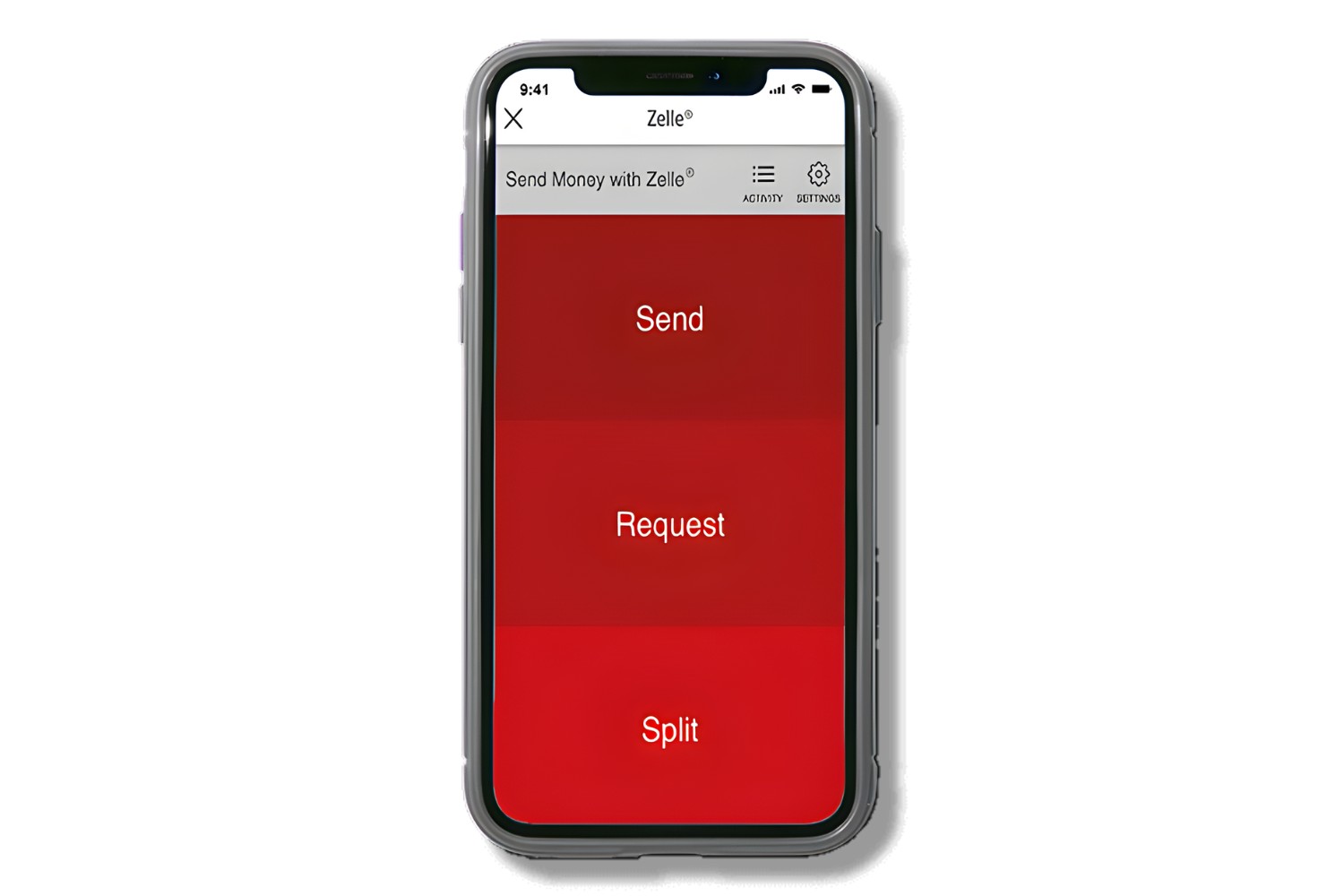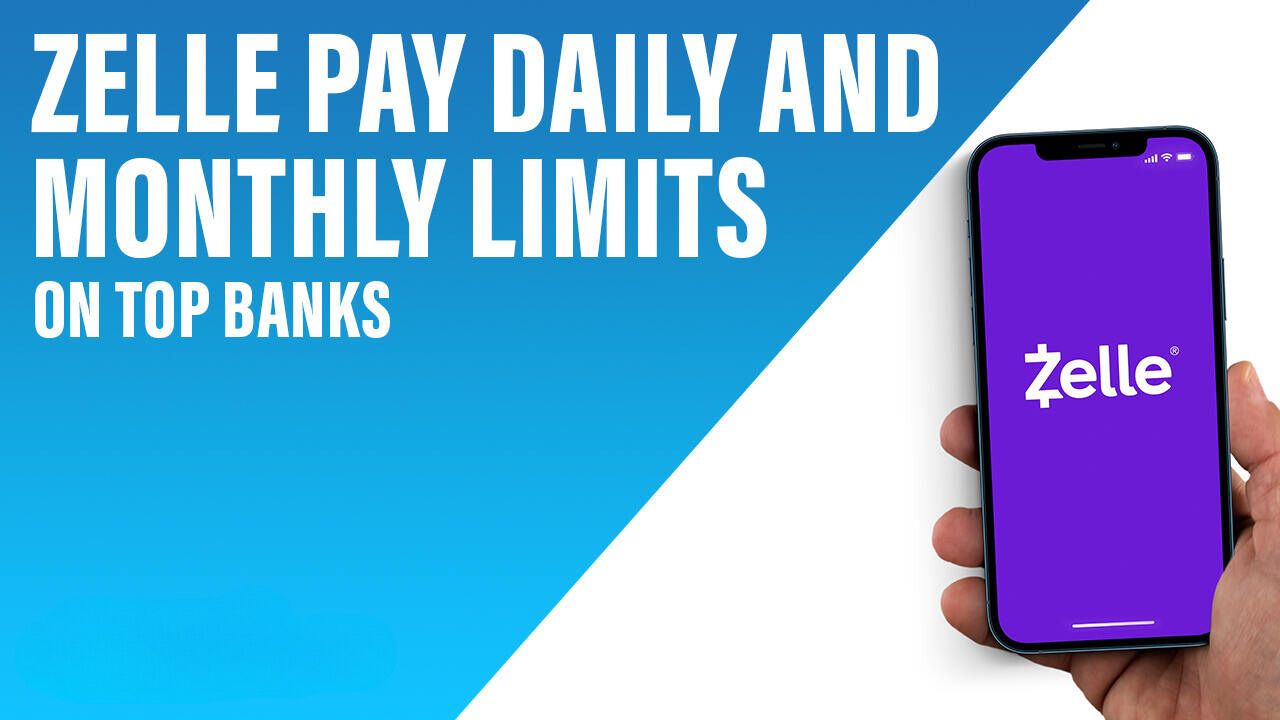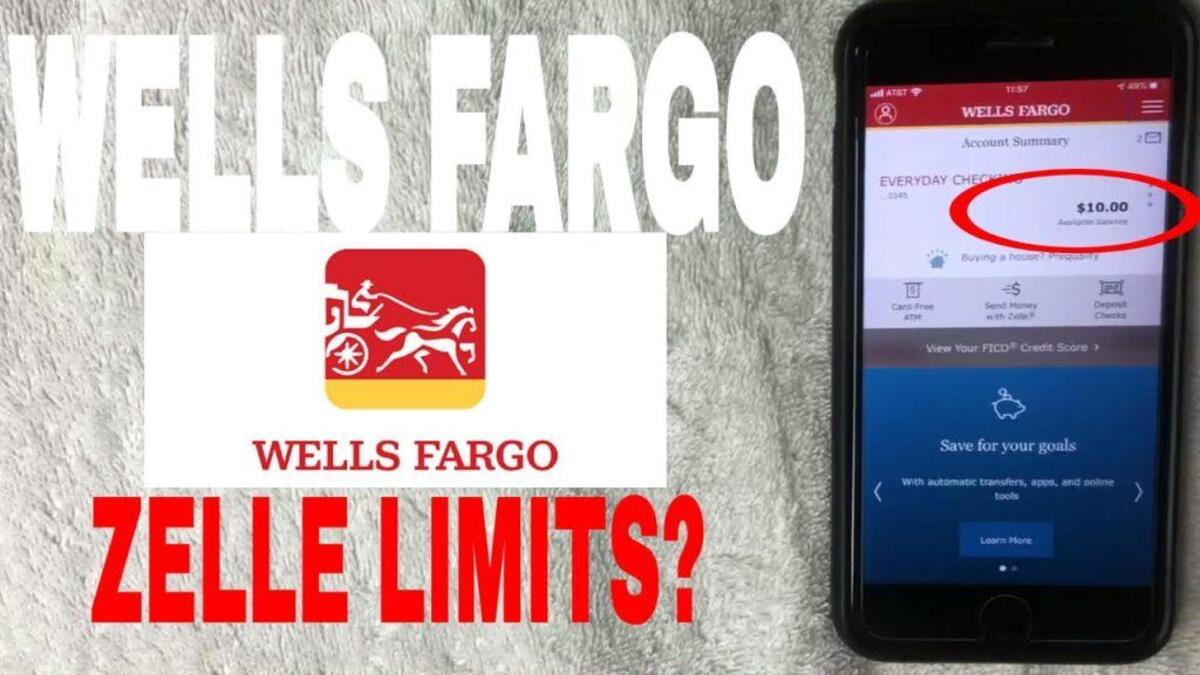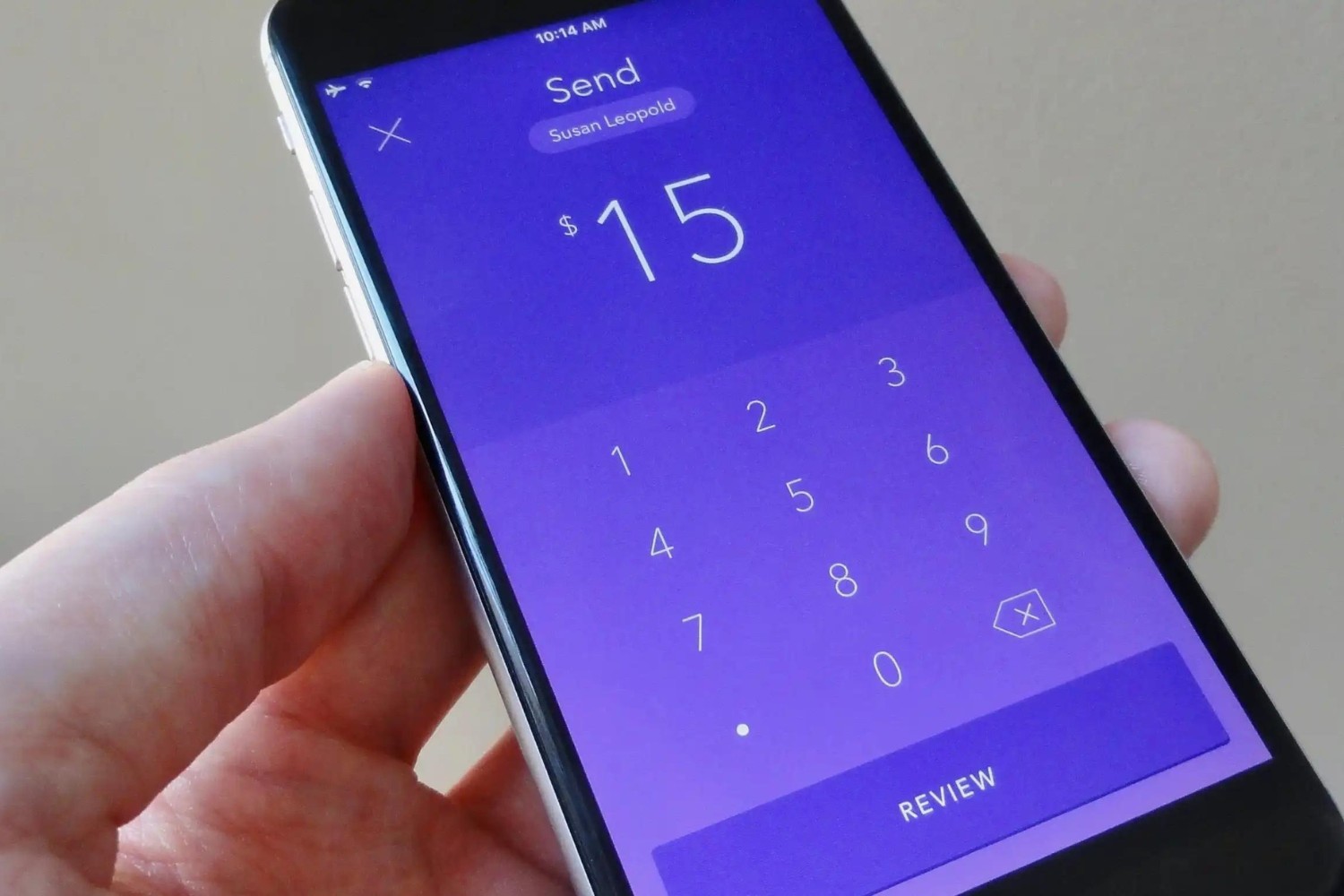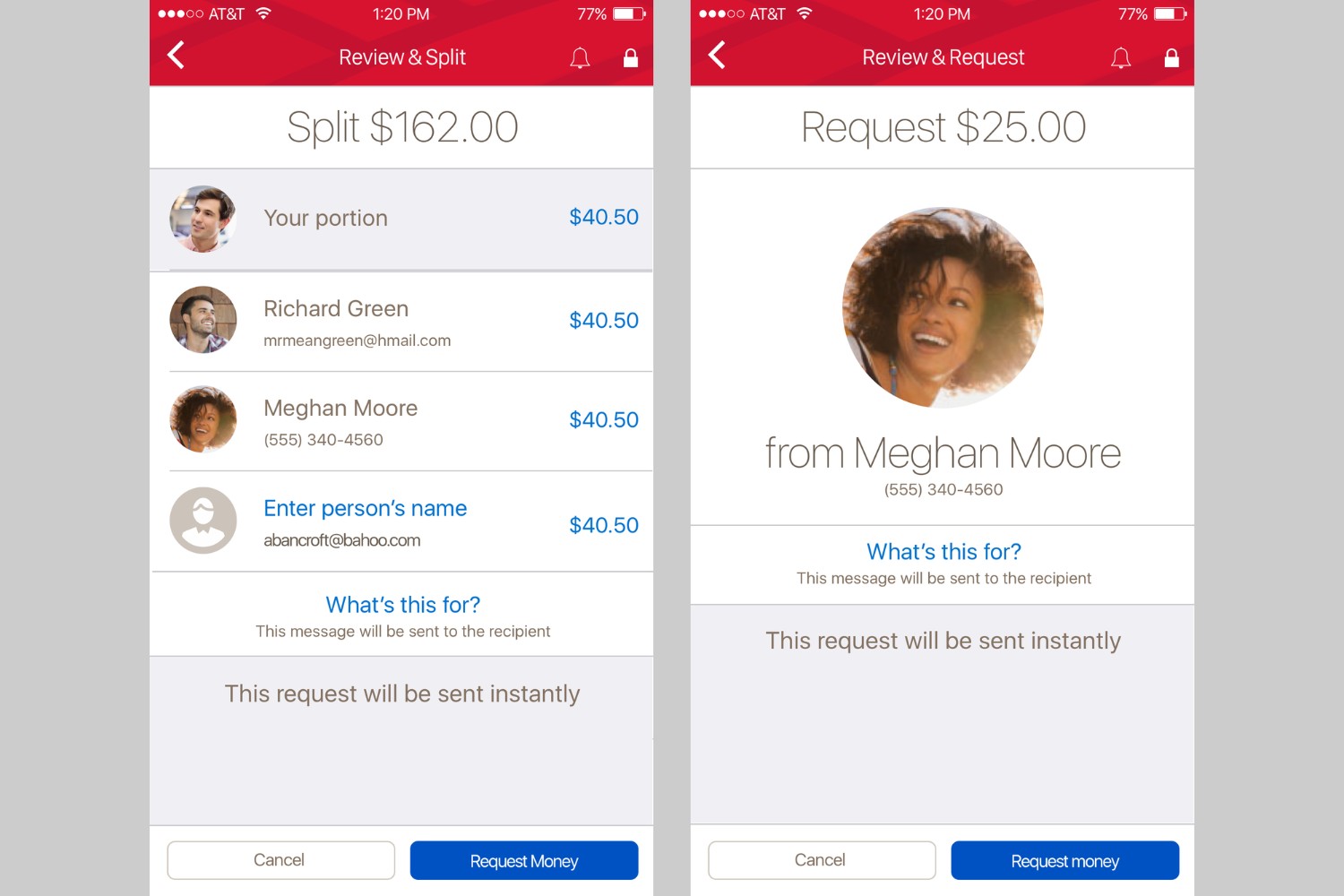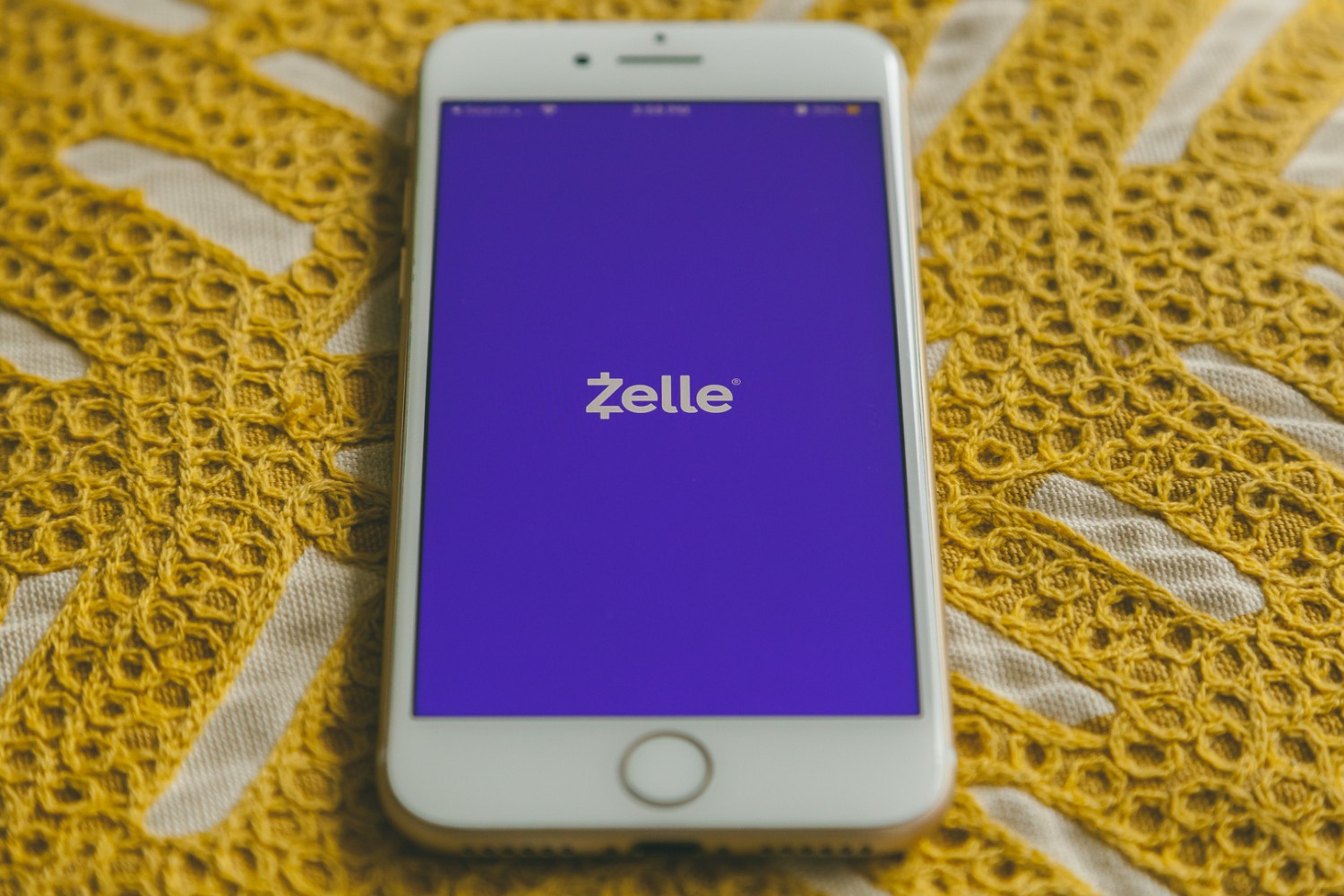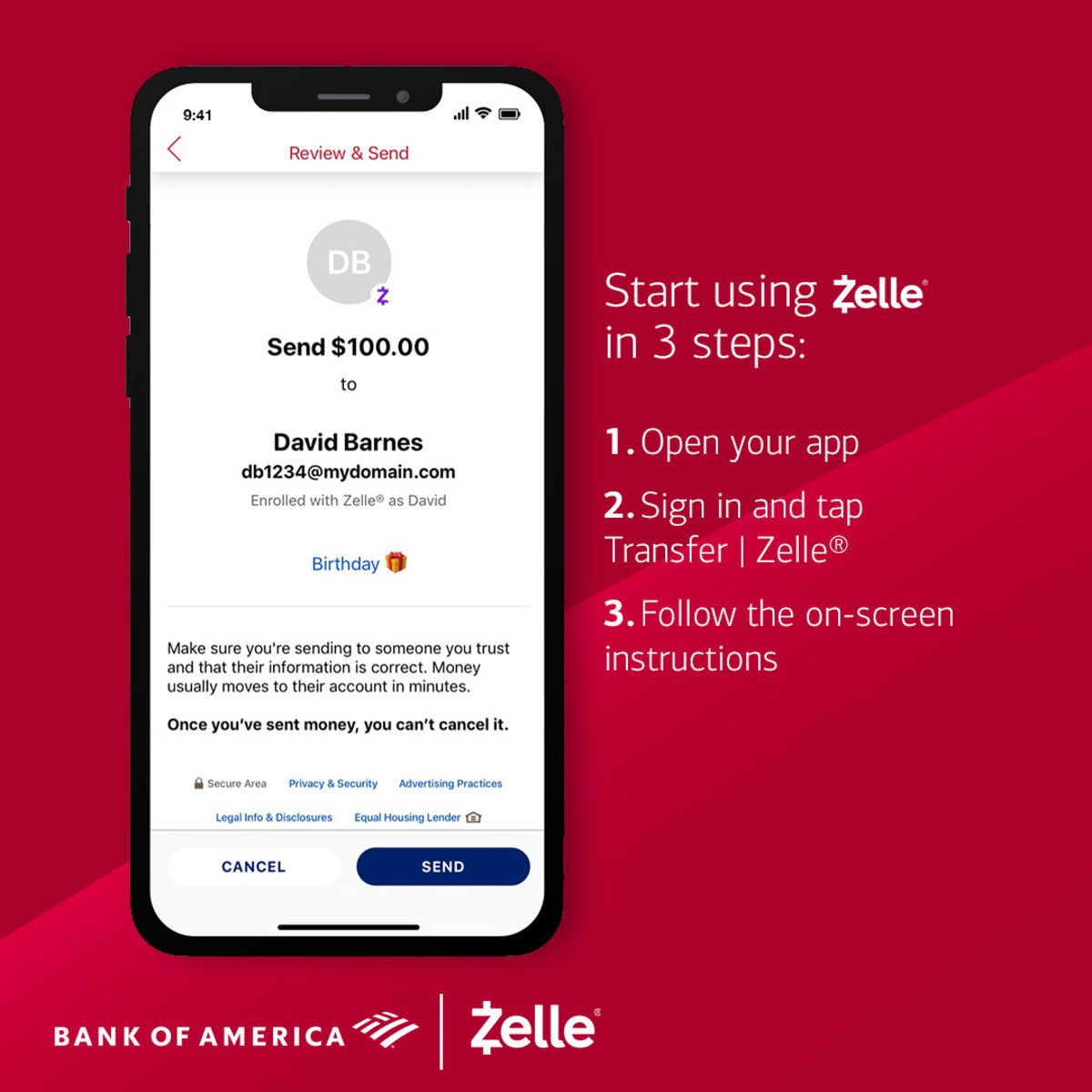Introduction
Welcome to the world of digital payments, where sending and receiving money has never been easier. One popular platform that has gained significant traction in recent years is Zelle. Whether you need to split a bill with friends, pay your share of rent, or send money to a family member, Zelle offers a convenient way to transfer funds directly from your bank account to another individual. But have you ever wondered what the maximum amount you can send with Zelle is?
Zelle is a peer-to-peer payment service that allows users to send money to anyone with a bank account in the United States. It is available through various financial institutions, including major banks and credit unions, making it accessible to a wide range of users. The service operates within the existing framework of these institutions, ensuring that your transactions are secure and protected.
Now, let’s delve into the sending limits for Zelle and understand how much you can send at a time.
What is Zelle?
Zelle is a popular digital payment platform that enables users to send and receive funds quickly and securely. With over 100 million users, Zelle has become a go-to choice for individuals looking for a convenient way to transfer money.
Unlike other payment apps that require a separate account or wallet, Zelle connects directly to your bank account, making it easy to send and receive money without any additional steps. This seamless integration ensures that you can access your funds directly from your bank, eliminating the need to transfer money to another account.
Zelle offers a simple and user-friendly interface, allowing users to send money instantly using just the recipient’s email address or mobile number. The funds are then directly deposited into the recipient’s bank account, making it convenient for both parties involved. Additionally, Zelle transactions are typically free of charge, although it’s always a good idea to check with your bank for any associated fees.
One of the key advantages of using Zelle is its widespread adoption by major financial institutions. Many banks and credit unions have incorporated Zelle into their mobile banking apps, making it easily accessible to their account holders. This eliminates the need for users to download and sign up for a separate app, streamlining the payment process.
Zelle also prioritizes security, employing various measures to protect your personal and financial information. With features like encryption and multi-factor authentication, Zelle ensures that your transactions remain secure and private.
Overall, Zelle offers a convenient and secure way to send money to friends, family, or anyone with a bank account in the United States. Whether you need to split a bill, pay rent, or send money for any other reason, Zelle provides a hassle-free solution for your digital payment needs.
Sending Limits for Zelle
While Zelle provides a convenient way to send money, it’s important to understand the sending limits in place to ensure a smooth transaction experience. The sending limits for Zelle vary depending on your bank or credit union, as they have the authority to set their own limits within the framework of the Zelle service.
For most users, the typical sending limit for Zelle ranges from $500 to $2,500 per day. This means that you can send up to that amount in a single day. However, it’s important to note that different financial institutions may have different maximum limits, so it’s best to check with your specific bank for the exact amount allowed.
It’s also worth mentioning that some banks may impose additional limits for new Zelle users. This precautionary measure helps protect against potential fraudulent activity and ensures the security of your transactions. These initial limits are typically lower and gradually increase as you establish a usage history with Zelle.
Additionally, certain banks may have a maximum cap on the number of transactions you can make within a specific time period. This means that even if you haven’t reached the maximum monetary limit, you may still be restricted by the number of transactions allowed.
Keep in mind that these limits are set by your financial institution and not by Zelle directly. Therefore, if you require higher sending limits, you may need to reach out to your bank for potential options, such as increasing your limit or seeking an exception.
Knowing the sending limits for Zelle is crucial to plan your transactions effectively. Make sure to familiarize yourself with the limits specific to your bank or credit union to avoid any inconveniences when sending money using Zelle.
Maximum Amount You Can Send with Zelle
When it comes to the maximum amount you can send with Zelle, it ultimately depends on the sending limits set by your bank or credit union. While the typical daily sending limit for Zelle ranges from $500 to $2,500, some financial institutions may have higher limits in place.
It’s important to note that these daily limits are imposed to protect your account from unauthorized transactions and potential fraud. By setting a maximum amount, banks and credit unions can ensure the security of your funds and minimize the risk of fraudulent activities.
If you have a specific payment or transaction that exceeds your daily limit, there are a few options you can explore:
- Contact your bank: Reach out to your bank or credit union and inquire about the possibility of increasing your sending limit for a specific transaction. Explain the nature and purpose of the payment, and they may be able to accommodate your request.
- Split the payment: If the amount you need to send exceeds your daily limit, consider splitting the payment into smaller transactions over consecutive days. This allows you to stay within your daily limit while still completing the desired payment.
- Alternative payment methods: If Zelle’s maximum sending limit doesn’t meet your needs, you can explore other payment methods, such as wire transfers or physical checks. These methods may allow for larger transactions, but they typically come with their own set of fees and processing times.
It’s important to evaluate your specific situation and determine the most suitable option for your needs. While Zelle offers a convenient and quick way to send money, its sending limits are in place to protect both you and your financial institution.
Remember to always check with your bank or credit union for the exact maximum amount you can send with Zelle, as they have the authority to set their own limits and may have specific guidelines for exceptional circumstances.
Factors Affecting Sending Limits
While the sending limits for Zelle are primarily determined by your bank or credit union, there are several factors that can influence the specific limits set for your account. Understanding these factors can give you insight into why your sending limit may be lower or higher than others.
1. Account History: Your bank may take into consideration your account history and transaction patterns when setting your sending limit. If you have been a long-time customer with a history of responsible financial activity, your bank may be more inclined to increase your limit.
2. Income and Creditworthiness: Financial institutions may also consider your income and creditworthiness when setting your sending limit. Higher-income individuals or those with a strong credit history may have higher limits due to perceived financial stability and lower risk of fraudulent activity.
3. Banking Relationship: Your relationship with the bank or credit union can play a role in determining your sending limit. If you have multiple accounts or hold other financial products with the institution, they may be more willing to increase your limit to accommodate your overall banking needs.
4. Security Measures: Financial institutions have a responsibility to protect their customers from fraudulent transactions. They may set lower initial sending limits for new Zelle users as a precautionary measure. As you establish a history of secure and successful transactions, your sending limit may gradually increase.
5. Risk Management Policies: Banks and credit unions have internal risk management policies in place to mitigate potential fraud and financial risks. These policies may involve setting limits on individual transactions or imposing restrictions on certain types of payments.
It’s essential to remember that these factors can vary between different financial institutions, and each bank or credit union has the autonomy to set its own sending limits. If you have specific questions or concerns about your sending limit, it’s best to contact your bank directly to discuss the factors that may be influencing your limit.
By understanding the factors that affect sending limits, you can better navigate your banking relationship and effectively manage your Zelle transactions.
Tips for Increasing Your Sending Limit
If you find that your current Zelle sending limit doesn’t meet your needs, there are a few steps you can take to potentially increase your limit. While the specific options may vary depending on your bank or credit union, here are some general tips to consider:
- Reach out to your bank: It’s always a good idea to contact your bank or credit union directly to inquire about increasing your sending limit. Explain your specific needs and provide any relevant documentation or justification for the requested increase. Your bank may be able to assess your situation and make adjustments accordingly.
- Establish a history of responsible transactions: Consistently using Zelle for secure and legitimate transactions can help build trust with your bank. By demonstrating a track record of responsible usage, you may have a higher chance of getting your sending limit increased over time.
- Maintain a positive banking relationship: Cultivate a positive relationship with your bank by utilizing their other products and services. This can include maintaining a healthy account balance, using additional financial services, or having multiple accounts with the institution. A strong banking relationship may increase the likelihood of your bank considering your request for a higher sending limit.
- Consider a higher-tier account: Some banks offer different tiers of accounts that come with higher sending limits. If you often find yourself needing to send larger amounts of money, upgrading to a premium or elite account may provide you with the increased limit you require.
- Explore alternative payment methods: If increasing your Zelle sending limit is not possible, consider exploring other payment methods for larger transactions. Wire transfers, cashier’s checks, or other online payment platforms may have higher limits that can cater to your needs.
It’s important to note that while these tips may increase your chances of getting a higher sending limit, approval ultimately depends on your bank’s internal policies and discretion. Each bank or credit union has its own set of criteria for determining sending limits, so it’s crucial to reach out to them directly and discuss your options.
Remember, always prioritize security and responsible financial practices when engaging in any online transactions, including those through Zelle.
Conclusion
Zelle offers a convenient and secure way to send money to friends, family, and others with a bank account in the United States. While the sending limits may vary depending on your bank or credit union, understanding these limits is essential for planning your transactions effectively.
By familiarizing yourself with the maximum amount you can send with Zelle and the factors that influence sending limits, you can navigate this digital payment platform with confidence. Remember to check with your specific bank or credit union for the exact limits in place, as they have the authority to set their own guidelines.
If your current sending limit doesn’t meet your needs, consider contacting your bank to explore the possibility of increasing it. Building a history of responsible transactions, maintaining a positive banking relationship, and considering higher-tier accounts are some strategies that may help in obtaining a higher sending limit.
Additionally, be aware of alternative payment methods that can accommodate larger transactions should Zelle’s sending limits not suffice for your specific needs.
As you utilize Zelle, always prioritize security and follow best practices to ensure the safety of your personal and financial information. Zelle’s integration with your bank account provides a seamless and efficient way to transfer funds, making it a popular choice among users.
In conclusion, understanding the sending limits and exploring options for increasing your Zelle sending limit can enhance your overall experience with this digital payment platform. Stay informed, communicate with your bank, and utilize the available resources to make the most of Zelle’s convenient and secure money transfer capabilities.







